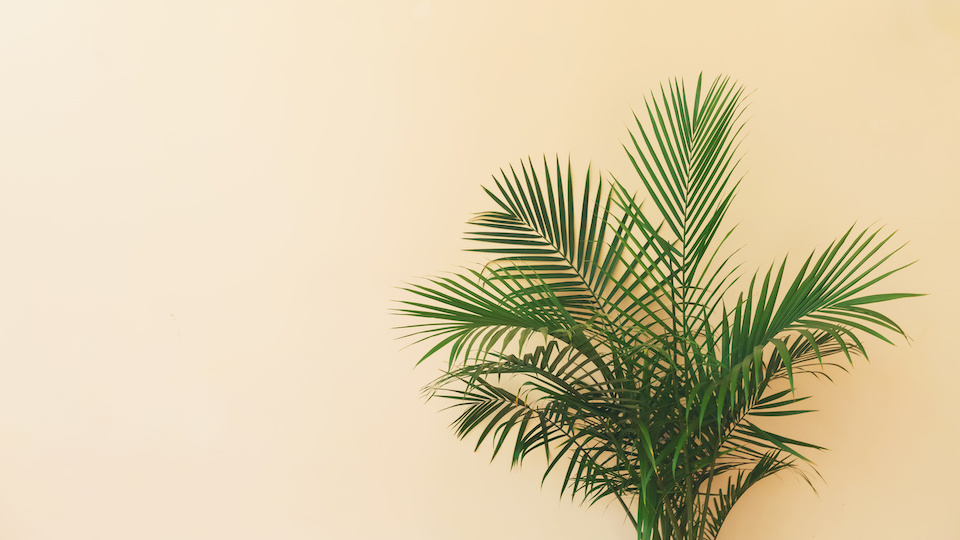Palms are some of the most inviting indoor plants. They immediately conjure up images of a tropical paradise and leave you remembering your last vacation to the beach. Since most climates are not suitable for these tropical beauties due to cool temperatures and low humidity, it makes sense to bring them indoors and watch them flourish.
Keep in mind, you don’t necessarily have to live in a humid climate to enjoy palms indoors, as there are many desert palms that will do well in a more arid area. Living out west, I always thought that palms were reserved for my friends in Florida, but when I finally decided to take the plunge and purchase a Majesty palm, my expectations were totally shattered. This plant is now flourishing in my home with little care and is a great addition to my houseplant collection. Here’s how you can grow the perfect palm as well!
Best palms to grow indoors
When shopping for houseplants, the sheer number of options can be incredibly overwhelming. If you’ve finally narrowed it down to palms, the pool is a little smaller; however, there is still a large variety, and picking one can seem impossible. Here are a few tips for choosing the perfect palm for your house and what you need to do to help it flourish.
Sago Palm (Cycas revoluta)
This stout palm resembles an oversized pineapple growing out of the dirt, with the fronds sitting atop a shaggy little trunk protruding from the pot. Make sure you have a spot with lots of light for this slow-growing beauty and water infrequently to prevent trunk rot.
Cascade Palm (Chamaedorea cataractarum)
Unlike most palms that grow upright and then spread out, the cascade palm fills the area from the base of the plant. It is incredibly full and lush and grows in about a four-foot clump. Make sure you have plenty of space for this shade-loving palm and give it a large pot for expansion. Keep cascade palms well-watered and consider placing it near a humidifier if you have a dry home.
Parlor or Majesty Palm (Chamaedorea elegans)
The parlor palm is incredibly low maintence and is one of the easiest houseplants to grow. If you’ve had bad luck with palms in the past, or just want something that you won’t have to worry about, this plant is a perfect choice. It isn’t picky about light and will do well even in low light conditions, so it won’t suck up valuable window space.
Tips for growing the perfect palm
Place with care
As with most houseplants, it is crucial to consider visual appeal when finding a spot for your palm. However, finding the spot with perfect light and temperature is even more critical. For decoration, palms work well in an entryway or to fill an empty corner. Just be sure not to place it somewhere that will crowd the fronds.
Don’t trim
Depending on the variety and the size of the pot that you put it in, a mature palm may end up overtaking your home and growing just a bit too big for your space. Of course, this takes years, and if you get to the point when it’s time to find a new home for your flourishing palm, then you can consider yourself an indoor plant (or at least a palm) expert. Keep in mind that you cannot top trim a palm. Chopping off the fronds because they are becoming a bit unruly will actually kill your plant. Only remove leaves if they have turned completely brown. Many businesses, such as restaurants and hotels, may be interested in providing a new, more spacious home for your faithful friend.
Fertilize frequently
Give your plant regular doses of a palm fertilizer to help keep the soil balanced and your palm well-fed. Though they are not heavy feeders, be sure to give them a fertilizer with micronutrients and extra potassium and manganese. Potassium deficiency is especially common in palms and could show up in the form of wilting and yellowed fronds.
What is your favorite type of palm to grow indoors? Let us know in the comments below!
-Taylor Ramsey




